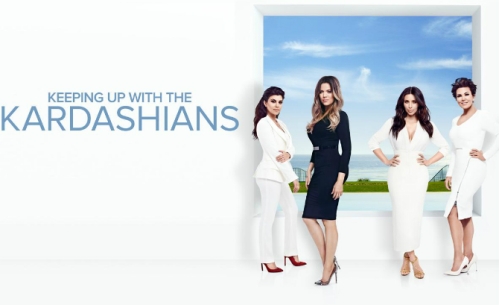“Cultural discount refers to a particular programme rooted in one culture, and thusly attractive in that environment, will have a diminished appeal elsewhere as viewers find it difficult to identify with the style, values, and behavior patterns of the material in question” (Rauschenberger, E., 2003)
Before this week’s tutorial and lecture, I was not familiar with cultural discount. It was demonstrated through the use of subtitles and the distraction it brings to the viewer because your eyes are focused on reading than watching the story unfold. And I for one, suck at multitasking. But for some strange reason, Korean Dramas were a major exception, I loved every single element of their shows, I didn’t enjoy the show if it was dubbed because I felt like it ruined the Korean culture and I was missing the emotions and the character’s personality. And when I mean loved, I mean I had a season in my childhood where Korean music, drama, television, and culture were my main obsession (I’m over it now, I promise). I guess that is why I was not familiar with the cultural discount idea because I didn’t believe in it when I thought about all the times I watched Boys Over Flowers, Princess Hours, Coffee Prince (yes, I’ve watched a few more than once). Each series brought the Korean culture to my screen, it introduced me to the catchy music, the hunky characters and what it’s like to live, study and eat in Korea. I wanted to know more about what I was watching, I gained an understanding of their language, the abbreviations, and the catchy phrases. The characters carry their personalities on and off screen, super quirky!

With further research I found the term ‘Korean Wave’ (Hanryu in Korean) meaning “spreading South Korean popular culture including films, soap operas, computer games and popular songs throughout Asia and beyond” (Kim, J.Y., 2007). First starting the wave in China and Taiwan, Hanryu syndrome was created and everything South Korea delivered to their Korean fans were being streamed across Asia. Researching the Korean Wave helped me understand why I was so addicted to it all, it wasn’t just me suffering the Hanryu syndrome but all other Asians across the world too. And what fascinates me the most, is that Korean producers, scriptwriters, directors and among many others – did not think twice about the cultural difference their dramas could bring to other countries. Instead, they embraced the popularity, enhanced the Korean tradition and succeeded in doing so. In this example and experience – cultural discount is so wrong.
With close reference to South Korean television drama and The Korean Wave, I believe the elements of cultural discount does not have a strong effect on audiences from across Asia. If anything, it is the complete opposite, their culture is captivating, fun and inviting and the characters demonstrate their traditions in a way that compels all audiences. I find myself valuing and loving the Korean pop culture more and more with subtitles and all!
References:
Kim, J.Y. 2007, ‘Rethinking Media Flow under Globalization: Rising Korean Wave and Korean TV and Film Policy Since the 1980s’, accessed online 17 August 2017
Rauschenberger, E., 2003, ‘It’s Only a Movie – Right? Deconstructing Cultural Imperialism: Examining the Mechanisms Behind U.S. Domination of the Global Cultural Trade’, accessed online 17 August 2017

